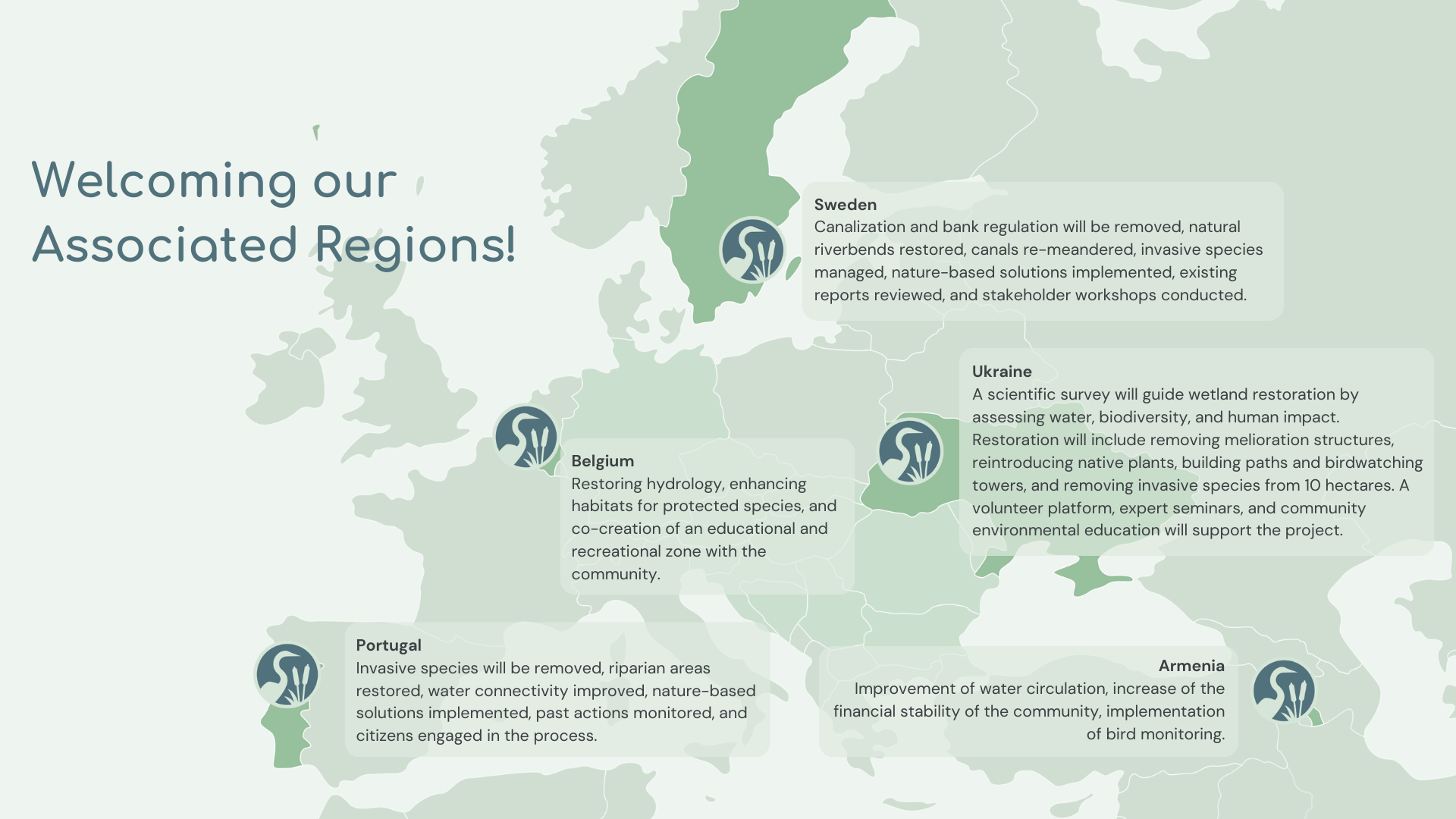Project Publications
Throughout the project’s timeline, Restore4Life is committed to achieving a range of outputs, encompassing deliverables, scientific publications, and thesis papers. Deliverables are the tangible outcomes and accomplishments that fall within the project’s defined scope.
- Other Publications
Within the Horizon Europe project Restore4Life, we have developed a set of teaching materials (protocols and worksheets) dealing with wetlands, following an interactive teaching approach. The current materials introduce floodplains as dynamic living environments shaped by alternating floods and low-water periods. In this lesson, students explore how floodplains function as...
- Other Publications
Within the Horizon Europe project Restore4Life, we have developed a set of teaching materials (protocols and worksheets) dealing with wetlands, following an interactive teaching approach. The current materials guide students in assessing river-habitat quality through observation and measurement of abiotic and biotic factors. Builds understanding of how flow, substrate, and...
- Other Publications
Within the Horizon Europe project Restore4Life, we have developed a set of teaching materials (protocols and worksheets) dealing with wetlands, following an interactive teaching approach. The current materials present how wetlands act as natural filters by trapping sediments and nutrients. Students observe nutrient uptake by plants and sedimentation processes that...
- Other Publications
Within the Horizon Europe project Restore4Life, we have developed a set of teaching materials (protocols and worksheets) dealing with wetlands, following an interactive teaching approach. The current materials demonstrate how natural floodplains store and slowly release floodwater, reducing downstream risk. Students compare natural and engineered channels to understand why impermeable...
- Other Publications
Within the Horizon Europe project Restore4Life, we have developed a set of teaching materials (protocols and worksheets) dealing with wetlands, following an interactive teaching approach. The current materials combine ecology and culture through traditional crafts such as wicker weaving. Highlights sustainable use of floodplain resources and the interdependence between people,...
- Other Publications
Within the Horizon Europe project Restore4Life, we have developed a set of teaching materials (protocols and worksheets) dealing with wetlands, following an interactive teaching approach. The current materials introduce vertical-flow treatment wetlands as sustainable systems for wastewater treatment. Activities demonstrate how engineering can mimic natural purification processes....
- Other Publications
Within the Horizon Europe project Restore4Life, we have developed a set of teaching materials (protocols and worksheets) dealing with wetlands, following an interactive teaching approach. The current materials engage participants in citizen-science mapping of local wetlands to document vegetation, water quality, species, and land-use. Promotes awareness of wetlands’ roles in...
- Other Publications
Within the Horizon Europe project Restore4Life, we have developed a set of teaching materials (protocols and worksheets) dealing with wetlands, following an interactive teaching approach. The current materials analyse human pressures on rivers and demonstrates how Nature-based Solutions restore ecological functions. Students explore real restoration examples to see how healthy...
- Other Publications
Within the Horizon Europe project Restore4Life, we have developed a set of teaching materials (protocols and worksheets) dealing with wetlands, following an interactive teaching approach. The current material explains how wetland forests act as carbon sinks. Through experiments, discussions, and games, learners explore carbon sequestration and storage in forest biomass....
- Other Publications
Within the Horizon Europe project Restore4Life, we have developed a set of teaching materials (protocols and worksheets) dealing with wetlands, following an interactive teaching approach. The current material explains how wetland forests act as carbon sinks. Through experiments, discussions, and games, learners explore carbon sequestration and storage in forest biomass....

